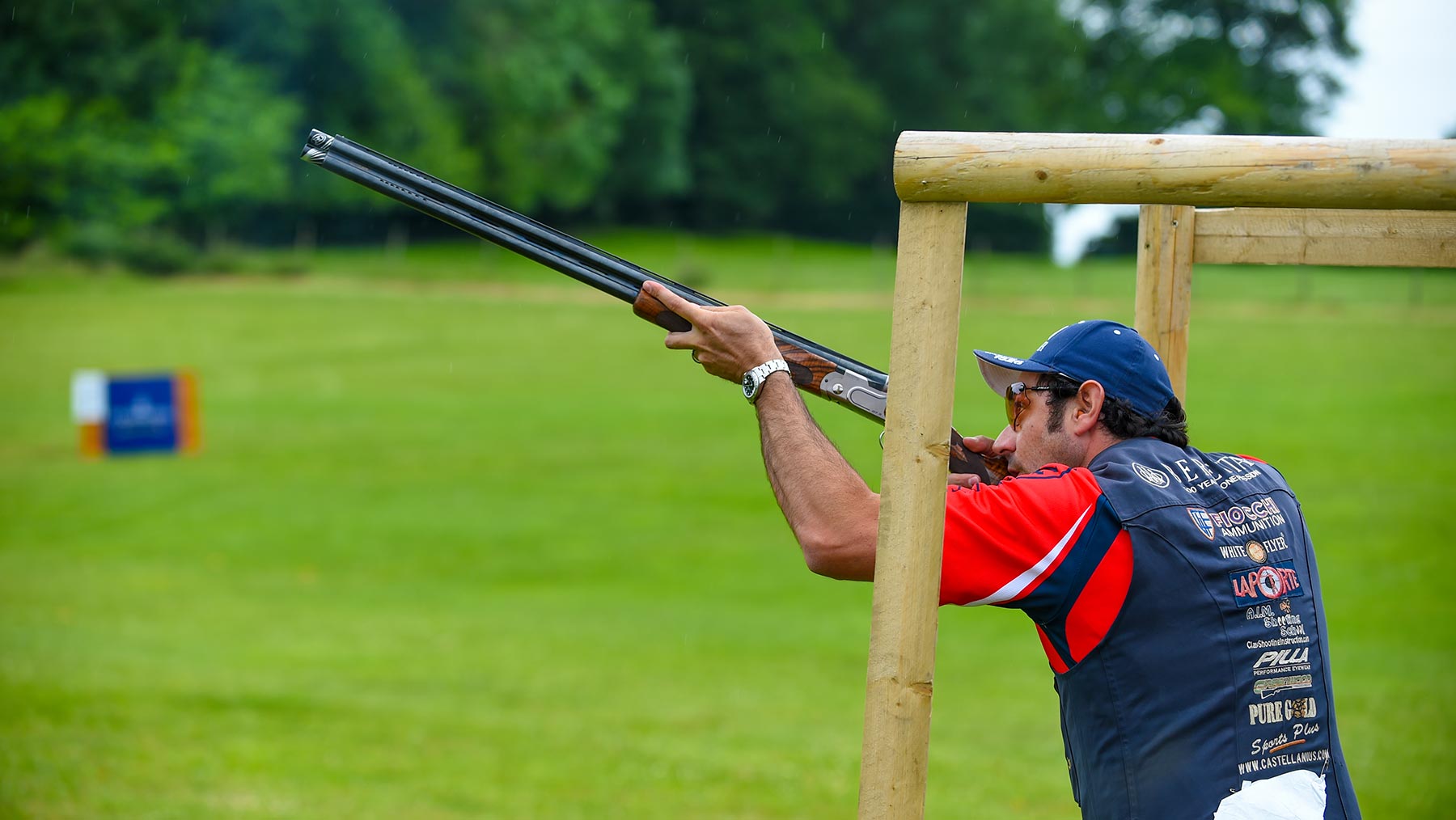“I seem to be shooting better than ever,” he said, “but my scores don’t show it.”
I had a pretty good idea of what he meant by that, but when we got out on the course it became absolutely clear. This shooter has been shooting for several years and gotten decent instruction along the way. His mechanics are solid and at times, he absolutely vaporizes the target. If you watched him shoot a few good stations, you’d probably think he was a AA or Master class shooter. I personally couldn’t see any reason why he couldn’t shoot 80 percent or better on most competitive courses.
Yet over time, this shooter missed a target or two that was well within his ability. Sometimes the miss would bother him more than it should have, and another miss would follow. If that happens in a tournament, you can bleed off quite a few targets without even noticing it. That can wreck your score far more than a single bad station.
Sometimes we forget that all targets count the same. You might think that the 2 x 8 you took on a particularly difficult station ruined your score, but what really hurt you were the dozen targets you dropped here and there across the other stations. It’s a fair bet that everyone will drop one or two on the rough stations – but the best competitors seldom give away targets on the easier ones. You can drop all eight targets on a rough station and still come in with a 92, but if you miss one target on every station, you’ll never break 90.
One of the most undervalued skills in clay target shooting is the ability to hit every target you should. It’s not easy. Just because you can hit a target once, twice, or three times in a row doesn’t mean you can do it every time. After all, every shot on a skeet field is well within the ability of almost any shooter, yet 25 straights still aren’t extremely common. My hat’s off to anyone who runs 100 straight in any discipline.
It boils down to this: Building scores is about running stations. Running stations is about making good plans and executing them over and over again. How do you develop that skill? Practice, of course. For this, I recommend two approaches:
-
- Practice easier stations but go beyond the menu. By this, I mean that you should find stations that you think you should run easily, but add to your challenge by breaking more pairs in a row than the menu requires. If it’s a four-pair station, challenge yourself to shoot six pairs perfectly. Then eight pairs. If you miss, start over. That puts a little bit of pressure on you, which pays off in competition.
- Practice stations at the edge of your ability. Find a station where you can hit 6 x 8 every time, or 5 x 6. Then challenge yourself to run it. This will enhance your ability to hit harder targets repetitively. Again, if you miss, start over before moving on. Then find another station to challenge you.
In lessons and in practice, too many people want to move on after they hit a tough pair once or twice. That really means nothing, as they might have gotten lucky. You really don’t have a presentation mastered until you can break it repeatedly. If you can’t break it over and over again, it might highlight or bring to light an error in your technique or form.
In competition, work to give every station the same amount of concentration and effort. It’s no good to “bear down” on the tough ones if you slack off on a pair that seems easy. I’ve seen lower-classed shooters run exceptionally tough stations, the type that would give even the best shooters fits – then give back the targets on easier targets. Any edge they gained on the difficult station evaporated on the easy ones, and that can be the difference between winning your class and hoping to do better next time.
After tournaments, study your scorecard – and if it’s a bigger tournament where station-by-station scores are listed, study the scorecards of the other shooters in your class too. You’ll quickly discover where you fell short in comparison to your competitors, and closing that gap is the fastest way to move up through the classes. The targets that you should practice first are the targets on which you underperformed relative to your peers.
We all fall victim to this to some degree. Ninety percent of the time, people come to me for a lesson seeking help on a specific target, most commonly long crossers I’m not saying you shouldn’t learn to hit those difficult targets. We should always work to improve our abilities in that regard, and that will make us better shooters overall.
But if you want to score better – and that is the point of competition – you need to concentrate on perfecting your approach to the targets you already know how to hit. Turn all of those into Xs, and you’ll be happy with the results.
This article is adapted from Anthony I. Matarese Jr.’s new book “Straight Shooting: A World Champion’s Guide to Shotgunning.” It is available through his website



0 Comments